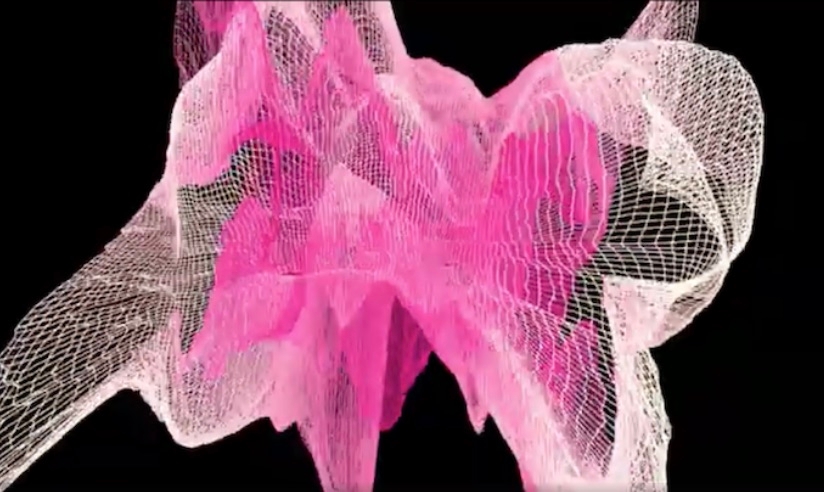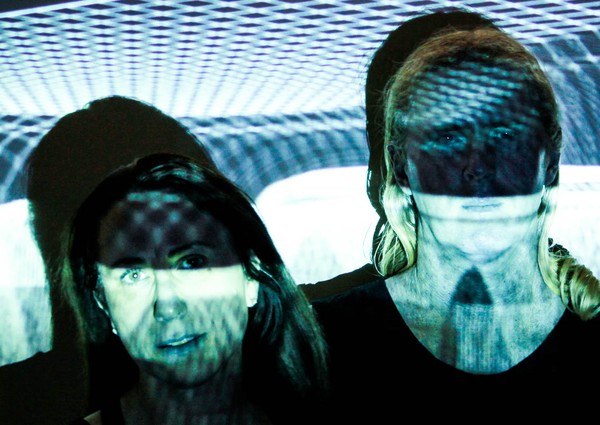Uncalculated (aka Rewa Wright and Simon Howden)
In the video series ‘Biological Rhythm’, electrical signals generated by plants will be sonified and captured to drive real-time data visualisations. From this live data, we will create a series of eight video pieces.
Living plants and the human body may appear to be very different entities, but they have many underlying confluences. Once such confluence is that both generate bio-electrical signals that pass through bodily systems. In ‘Biological Rhythms’ we will use these signals to generate real time visualisations, revealing the unseen bioelectrical rhythms of plants.
Through the biological sciences, we understand plant metaprocesses such as osmosis and photosynthesis, yet because their cellular structure is so delicate, plants are notoriously hard to study in fine detail. Sonifying plant signals affords a method to explore their bio-rhythms in an accessible form for a non-scientific audience. As part of our bespoke and innovative method, the electrical signals from plants are converted to audio and passed through the program Touch Designer, where the plant signals activate complex geometrical forms. These forms are embodiments of the biological rhythms of living plants.
Donna Haraway introduced the notion of ‘companion species’ to describe non-human organic life forms that we co-habit alongside in society and culture. Plants and humans have lived alongside one another for thousands of years, in a co-dependant relationship of care and cultivation. Our work is deeply influenced by Rewa Wright’s cultural background as a First Nations Māori artist, from the Ngai Tawake, Te Kaimaroke, and Te Uri o Hau hapu of Aotearoa/New Zealand. Her ancestry recognises human and plant relations going back thousands of years, and Rewa is committed to multispecies justice and sustainable living on Planet Earth.
Applying a posthuman lens to art and science, our hope is that through this artwork, people will feel a little closer to the hidden bio-electrical processes of plants, and consider plants not as a resource for extraction, but as a ‘companion species’ in a sustainable ecology. Our key audience are artists, scholars, and the general public, who are interested in sustainability, indigenous thinking, and art-science research concerning entangled ecologies.

